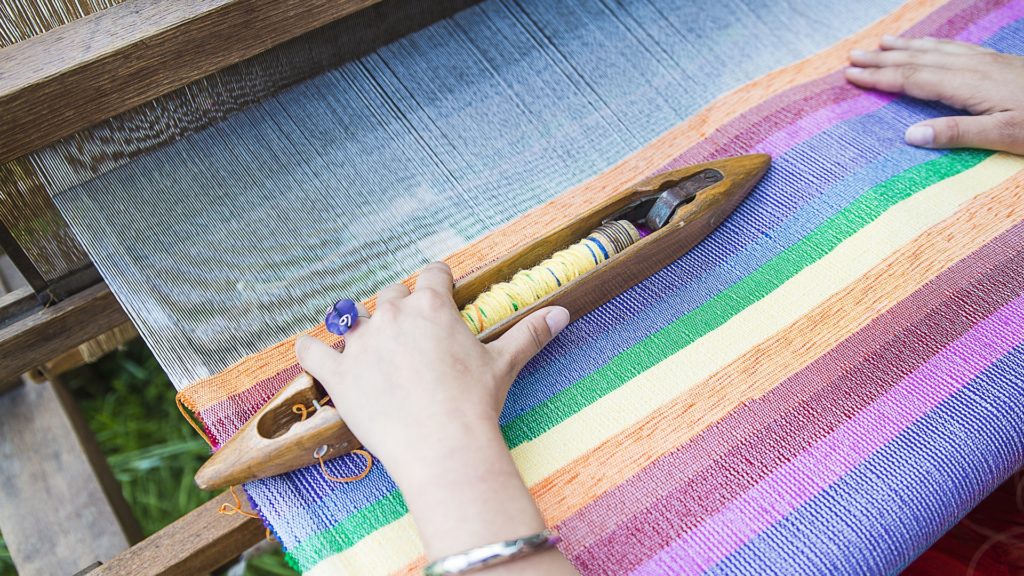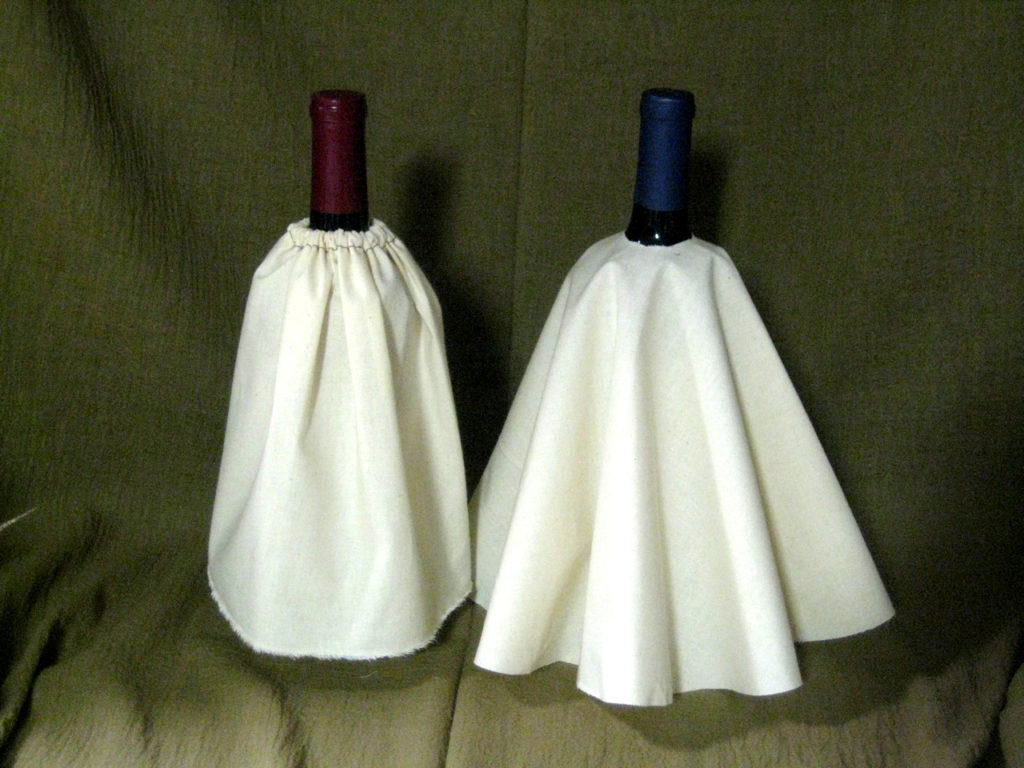We have many different types of textile fabrics. You only need to check on the many places where you can buy fabric. But we are not always sure of what kind of fabric we are buying. Personally, I buy many off cuts and fabrics on sale and I don’t always have the opportunity to check the labels and figure out what type of fabric I am buying. What you really want to do is to make sure your fabric will be suited for your project. With a bit of help and practice you may be able to recognise the best fabric for your project.
Depending on its composition, your fabric will adapt better to your purposes. Are you looking for a breathable fabric to make sports wear? Or maybe you need a waterproof fabric to make a raincoat? This all depends on the fibres used to create your fabric and that will give it unique characteristics.
The difference between fiber and fabric
Before we start discussing the different types of textile fabrics we must differentiate between fiber and fabric. A fiber or fibre is a natural or synthetic substance that is significantly longer than it is wide. Think of a wool yarn or a thread spool, these are mainly fibers that have been spun to be able to work with them. Fibers are often used in the manufacture of other materials, in our case, fabric. As opposed to fibers, a textile is a flexible material consisting of natural or artificial fibers, such as yarn or thread, intertwined between them. Let’s say the bolt of fabric you find in the store.
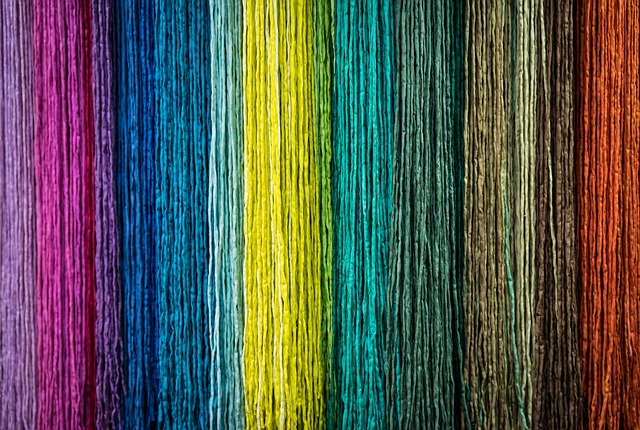
Fiber 
Textile
To make it simple, fabric is made from yarns and yarns are made from fibers. When we talk about textile fabrics we refer to the filaments used to create them. These filaments can be woven, knitted, matted or bound to create the final product that we buy in the fabric store and with which we create clothes or other items.
Different types of textile fabrics
Depending on how you process the fibers we will obtain different finishes with different properties and characteristics. Some fibers come from animals or plants whereas others come from man-made processes which makes them similar to plastic. They are all fit for different purposes. These are the different types of fabrics that you can find according to the process through which they are obtained.
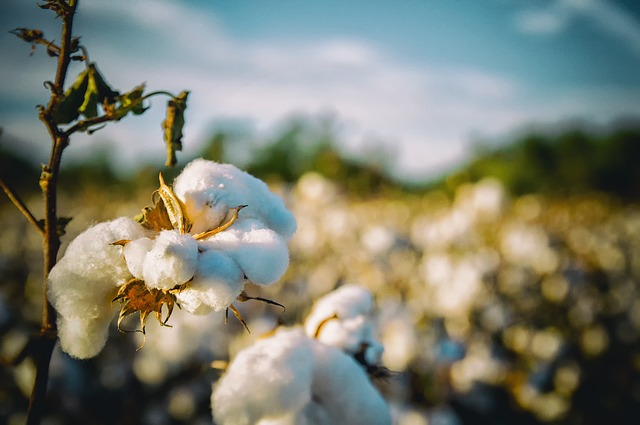
Natural 
Man-made
The two big categories in which fibers divide are natural and man-made fibers. The man-made fabrics further subdivide in synthetic or semi-synthetic fibers depending on the process they undergo to become fibers. Finally, the fiber blend is not a subcategory but the result of a combination between natural and man-made fabrics.
Natural fibers
As you may have guessed, natural fibers are those obtained directly from the natural world. Mostly they are from animal or plant origin and they have been used since prehistoric times. The most common natural fibers are cotton, silk, wool or linen.
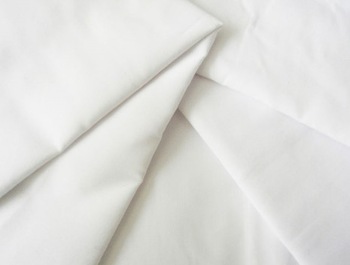
Cotton 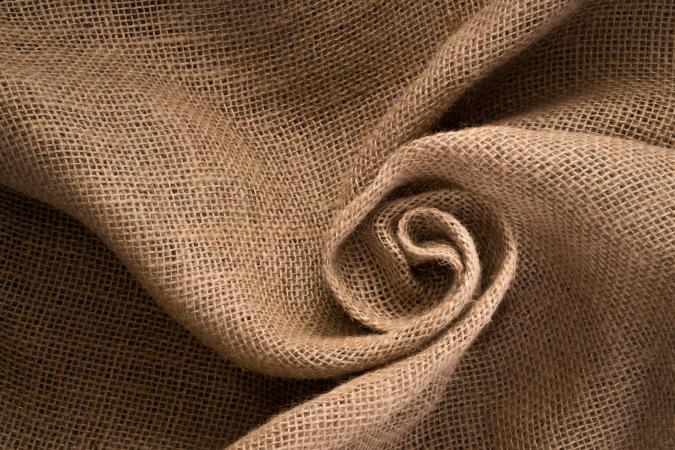
Linen 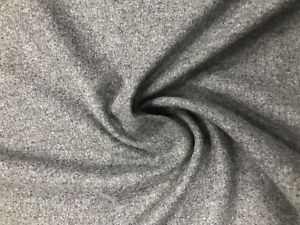
Wool
Their properties include good water absorbancy, softness and they are also breathable. This makes them ideal for summer clothing. They are usually biodegradable and hypoallergenic, which makes them perfect for sensitive skin. However, they may deteriorate over time and some like cotton may shrink.
Synthetic fibers
As oposed to natural fibers, synthetic fibers are man-made produced. In order to obtain these fabrics the materials need to go through several processes before they achieve the desired outcome. These fibers are entirely manufactured, usually using petrochemicals and mixing components including petroleum, coal, limestone and water. The most used are polyester, acrylic or nylon.
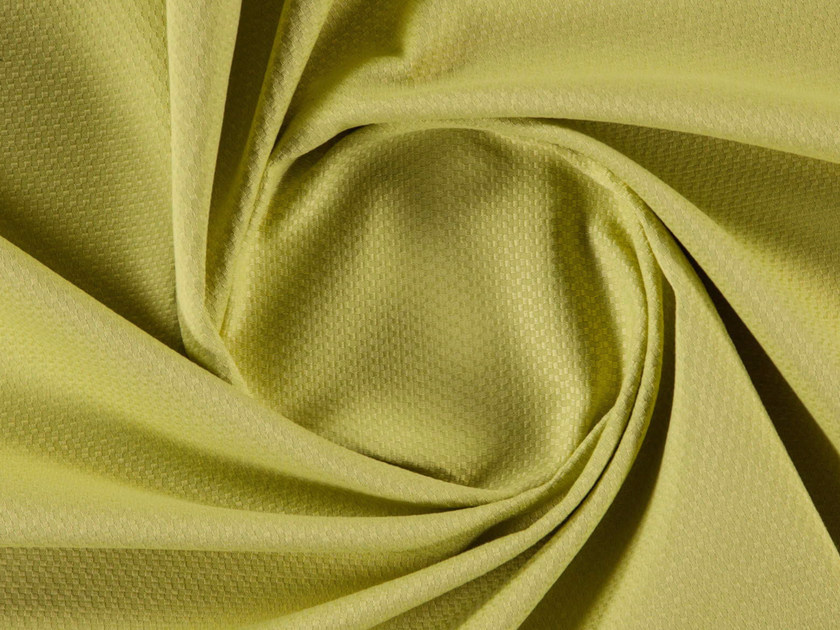
Acrylic 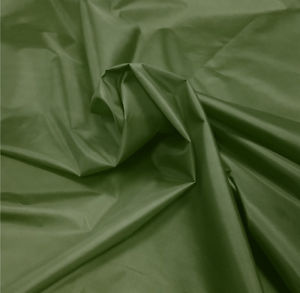
Nylon 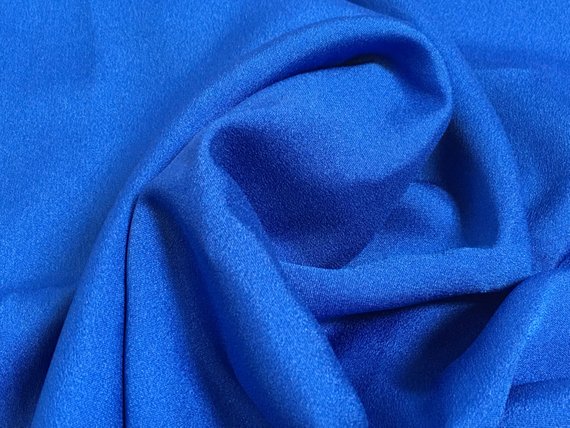
Polyester
Recently, synthetic fabrics have become the most used. Some of their characteristics are their better durability and cheaper manufacturing. Furthermore, they can be waterproof, durable and long lasting, as well as resistant to stretching. They are also resistant to shrinking and wrinkling and easy to care for as they retain their shape and dry quickly. However, they are usually non-breathing fabrics an the toxins used to produce them can cause irritation or become uncomfortable to skin.
Semi-synthetic fibers
Some people include these fibers in the synthetic fiber category but the process they undercome is different from purely synthetic fibers. Semi-synthetic fibers come from natural raw materials. These are modified by chemical processes and become fibers. Often , the source material comes from plants and wood. The wood gets crushed and broken into a pulp and later on shaped into threads. Semi-synthetic fibers include rayon, also known as viscose, modal, bamboo or seacell, which comes from seweed.

Bamboo 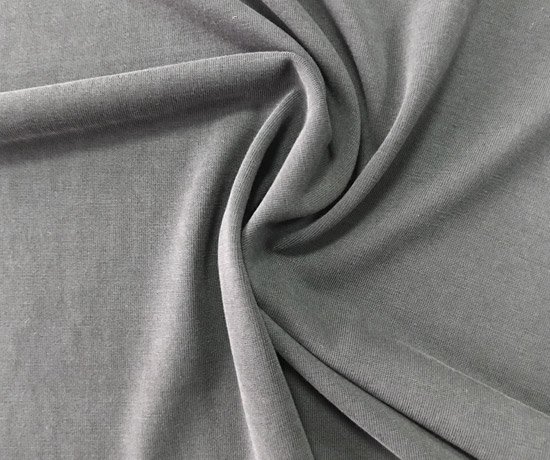
Viscose 
Modal
Semi-synthetic fabrics like rayon are soft, smooth, cool, comfortable, and highly absorbent, but they do not insulate body heat. They are ideal for use in hot and humid climates. They can imitate natural fabric but sometimesy they may feel cool and also almost slimy to the touch.
Fiber blends
Finally, you can also find fabrics that combine the best of two worlds. When you combine natural and synthetic fibers you can create a fabric that gets the unique qualities of each world. The most common combinations are cotton and polyester, also called polycotton, cotton and lycra or acrylic and wool.

Acrylic-wool 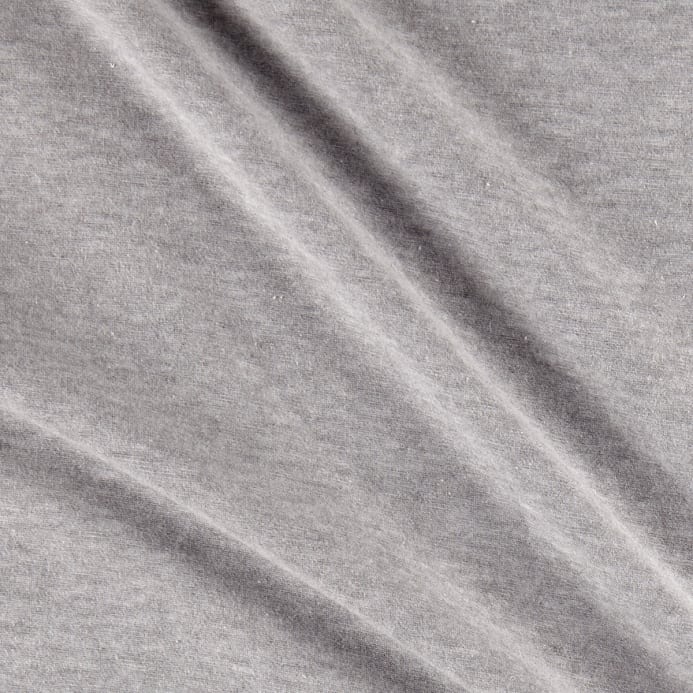
Cotton-lycra 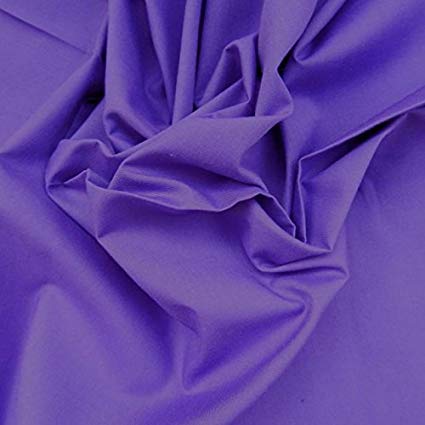
Polycotton
For example, you can use polycotton for t-shirts. It makes them easy to care and crease resistant. Adding lycra to cotton makes it stretchy and comfortablen and helps obtain a better fit. Wool can be combined with acrylic to create warm items which are less expensive and less itchy.
Conclusion
All types of fabrics have their pros and their cons. Natural fabrics like cotton are comortable and breathable, which makes them great for summer. However, they may shrink and they don’t stretch. Synthetic fabrics are usually wrinkle resistant, which makes them easier to care for, but won’t be as breathable and can create allergic reactions. Ultimately, your choice of fabric will depend on your purpose and personal opinion as much as your project. Don’t forget to keep your fabric tidy and remember to use your fabric before it gets spoiled.

I hope you liked this article and learnt a bit more about fabric. If you like my work you may consider supporting me on Ko-fi, there are no subscriptions and you will help me create more content and more tutorials to share with you! Also, if you are looking for patterns and related downloadables make sure to check my collection. Happy sewing!

